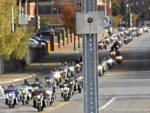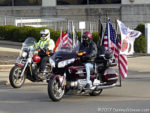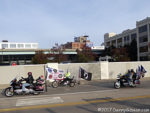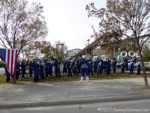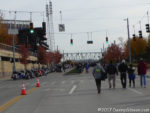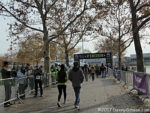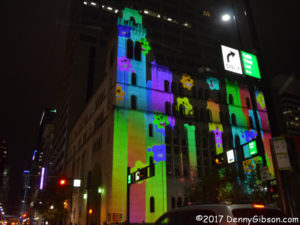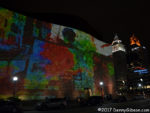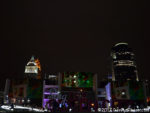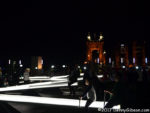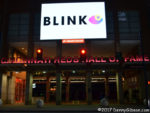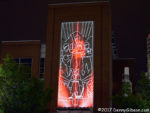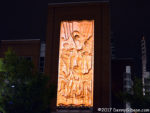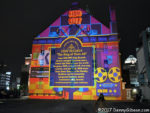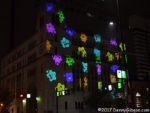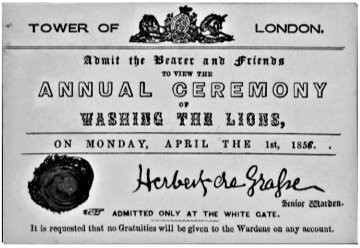 Fool me once, shame on you. Fool me annually, it’s a holiday. This year, Easter and April Fools Day coincide making things like Easter Snipe Hunts something to be on the lookout for. I always post on Sunday and, although the reasons are somewhat different, Easter always happens on Sunday. That means there have been several Easter anchored posts in the past. Despite them all being pretty shallow, I’ll post links at the end of this article.
Fool me once, shame on you. Fool me annually, it’s a holiday. This year, Easter and April Fools Day coincide making things like Easter Snipe Hunts something to be on the lookout for. I always post on Sunday and, although the reasons are somewhat different, Easter always happens on Sunday. That means there have been several Easter anchored posts in the past. Despite them all being pretty shallow, I’ll post links at the end of this article.
April Fools Day is a different matter. This is only the second time in the life of this blog that April Fools Day has fallen on Sunday. The first time, in 2012, I attempted a joke, Product Review – Dial2Text, but it received virtually no attention. So, no joke this year. Instead, I looked into the history of the prankish holiday.
Like so many of our holidays, including the currently coinciding Easter, April Fools Day has several possible origins. My personal favorite involves the change from the Julian calendar to the Gregorian calendar that started back in 1582. The change didn’t happen instantly. After Italy, France, and several other countries made the switch, 344 years passed before Turkey fell in line in 1926. Others switched at various points in between with England and her colonies, including those in North America, adopting the no-longer-very-new calendar in 1752. Depending on when the switch was made, 10 to 13 days had to be eliminated to get into sync. A more detailed description of the process is available here.
The Gregorian calendar places the start of the year at January 1. Prior to the switch, most Europeans considered a new year to begin at the Catholic Feast of the Annunciation on March 25. For some, this was a week long celebration which meant the party didn’t wrap up until April 1. The theory goes that, like folks who get to work an hour late when Daylight Savings Time kicks in, some people failed to adjust to the new calendar and continued to think of the first of April as the start of a year. They were laughed at and called April Fools by those more in tune with the times. I also suspect there were those who celebrated both dates and thought everyone else fools for missing out on half of the partying.
Of course, not everyone buys into this theory and some point to what may or may not be references to April 1 foolishness made well before 1582. Read some other theories and other details about the day here and here.
If the calendar story is true (and I really hope it is), then modern day April Fools differ greatly from the originals. People who celebrated a new year at the wrong time did it on their own and those who laughed at them were just enjoying the goof. Today it’s all about intentionally making others look foolish. The transition happened a long time ago. The image at the top of this article shows a “ticket” to see the non-existent “Annual Ceremony of Washing the Lions” at the Tower of London. It’s dated 1856 and there are records of the prank being played — probably without tickets — as early as 1698. Once everybody got on board with the January New Year thing, waiting for something like another calendar change to watch large groups of people do something dumb just wasn’t acceptable. Pranks, both big and small, quickly became the order of the day.
I’ll be on my guard, of course. There’s no way I’ll go looking for a left handed monkey wrench or polka dot paint… again. My only concern is whether or not I’ll be able to distinguish the snipe eggs from the bunny eggs.
Easter posts:
2012 East, Easter, Eastest
2013 Happy Eostre
2014 Must Be the Season of the Fish
2015 A Special Day
2016 Happy Easter Island
2017 Happy Easter Island (redux)

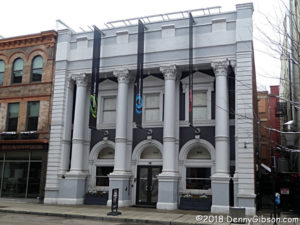
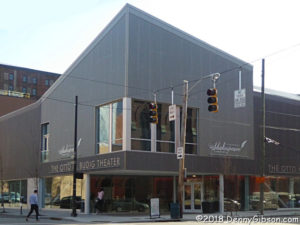
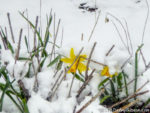
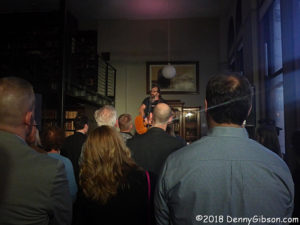
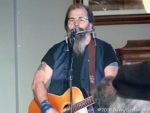


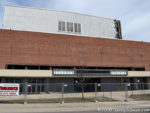
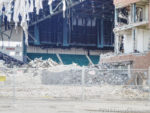
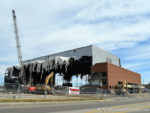
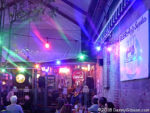
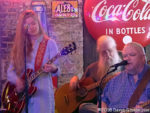
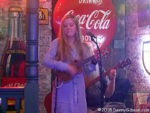
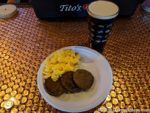
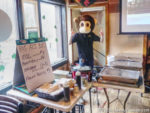

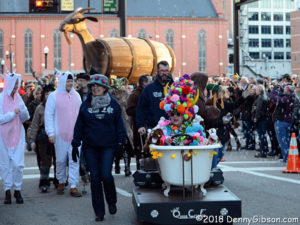

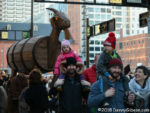
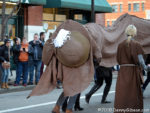
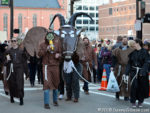
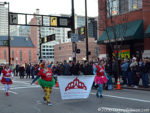
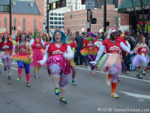
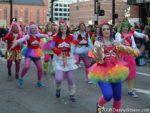
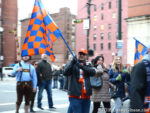
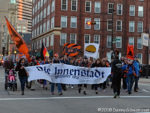
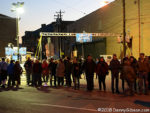
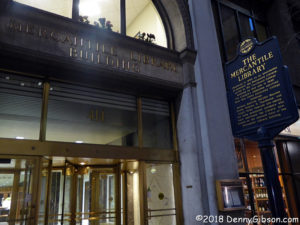
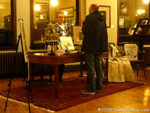

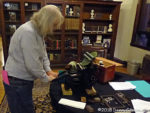
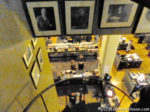
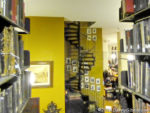



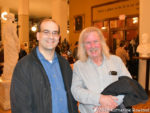

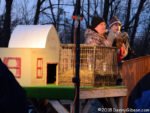


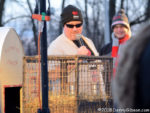
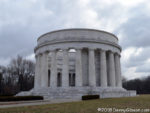
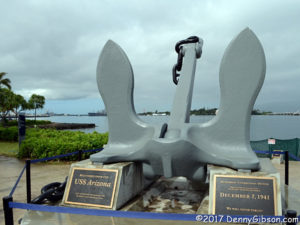
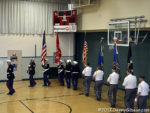
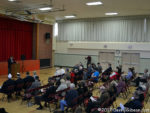
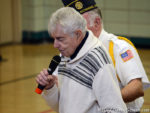
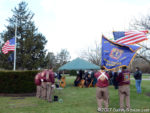

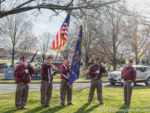

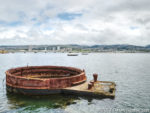
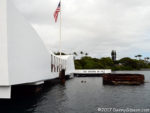


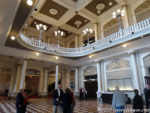
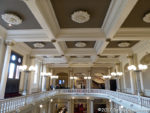
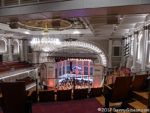
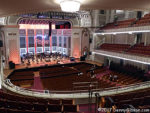
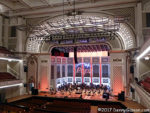
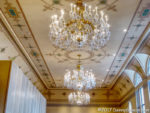
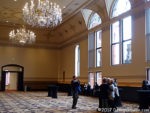
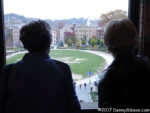
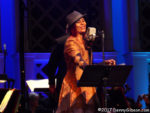
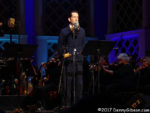
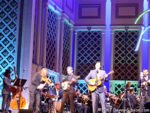
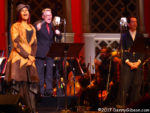
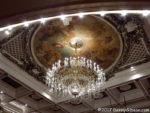
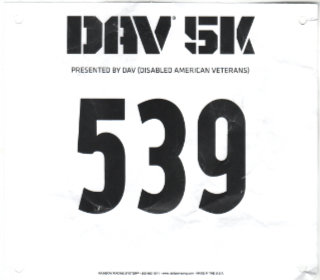 I’ve walked in a
I’ve walked in a 